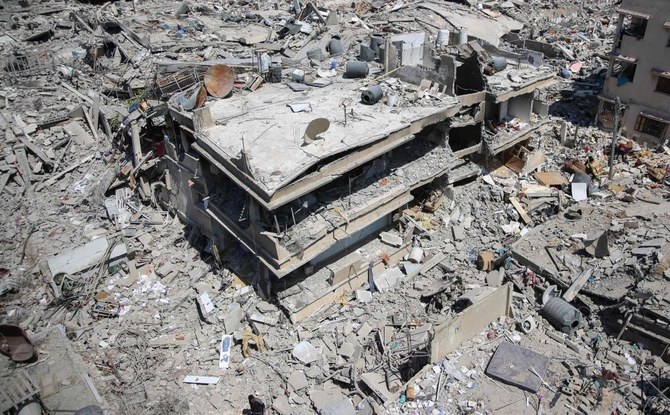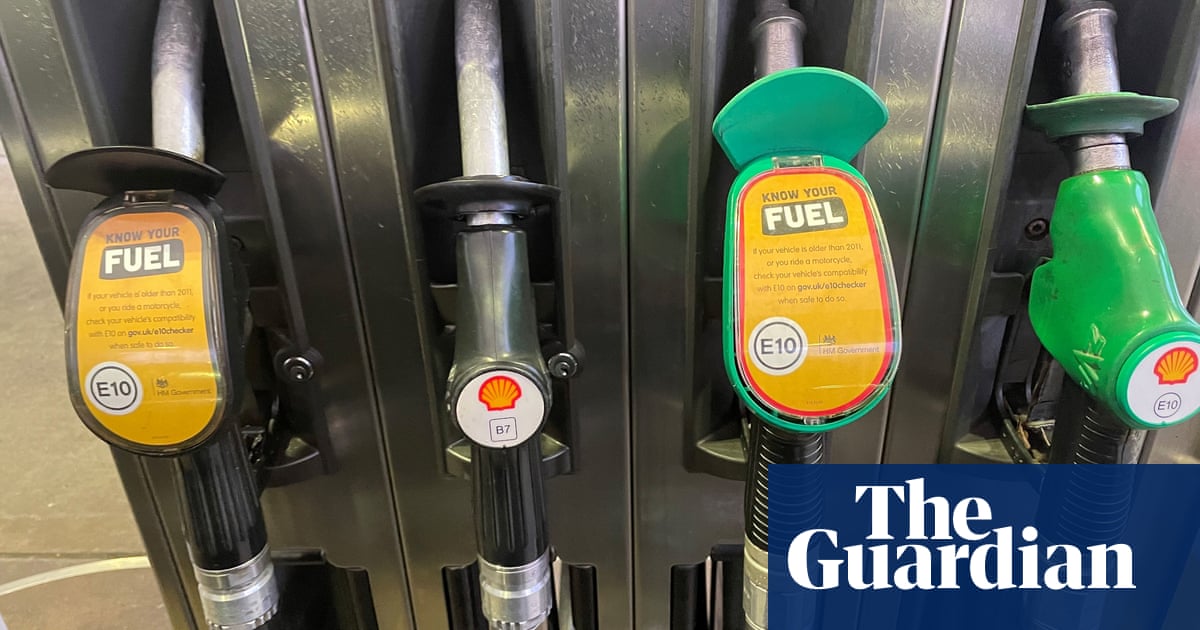
MOSCOW, July 28 (Reuters) - Real disposable incomes in
Russia grew in annual terms in the second quarter for the first
time since early 2020, while unemployment has almost returned to
pre-pandemic levels, data showed on Wednesday.
Recovery in incomes is a sensitive issue for Russian
authorities, particularly ahead of September parliamentary
elections, amid the social discontent with high inflation and
restrictions related to the COVID-19 pandemic.
For years, President Vladimir Putin has promised to raise
real disposable incomes, a measure of people"s purchasing power,
but they shrank sharply last year due to the coronavirus crisis
and the rouble weakening that filtered into consumer prices.
Real disposable incomes, which are inflation-adjusted
incomes that exclude mandatory payments, increased 6.8%
year-on-year in April-June, data from the Federal Statistics
Service, or Rosstat, showed.
Real disposable incomes have been falling each quarter from
the second quarter of 2020 when they staged the deepest decline
in decades.
After shrinking 3% in 2020, its sharpest contraction in 11
years, the Russian economy has already recovered to pre-pandemic
levels, authorities say.
But real disposable incomes were still below pre-pandemic
levels, the central bank said last month.
Rosstat data also showed on Wednesday the official jobless
rate in Russia declined in June to 4.8%, its lowest since March
2020, from 4.9% a month earlier.
Rosstat also said nominal wages in May declined to 56,171
roubles ($761.54) and provided more details on incomes:
RUSSIAN WAGES NOMINAL May 21 April May 20
21
Average wages (roubles) 56,171 56,614 50,747
Yr/yr percent change +9.5 +13.8 +4.0
RUSSIAN WAGES REAL
Yr/yr percent change +3.3 +7.8 +1.0
($1 = 73.7600 roubles)
(Reporting by Andrey Ostroukh;
Editing by Joe Bavier)
Our Standards: The Thomson Reuters Trust Principles.












